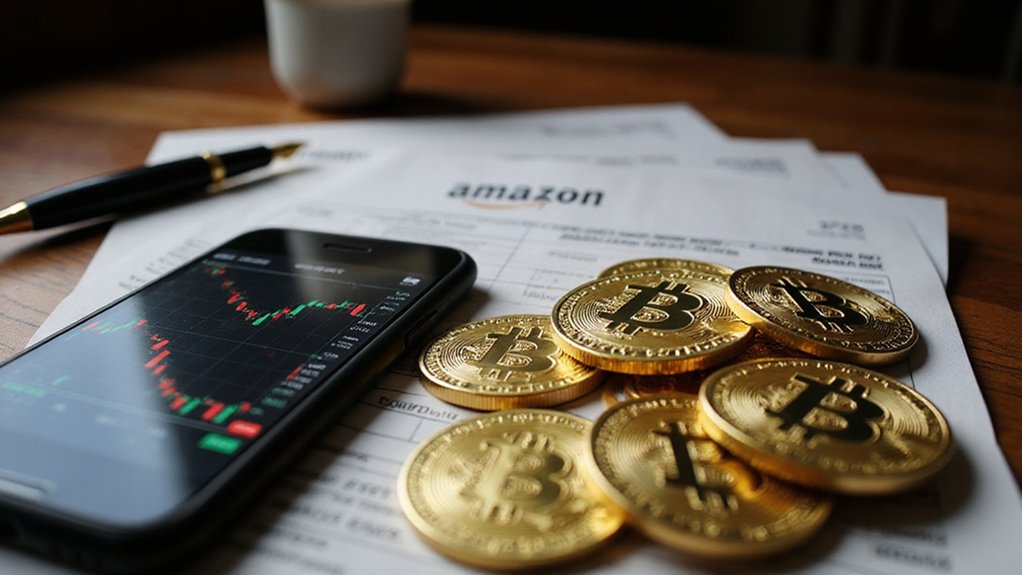While South Korea‘s major banks spent the better part of six years nursing shelved cryptocurrency ambitions—casualties of the Moon Jae-in administration’s regulatory hostility toward digital assets—the election of President Lee Jae-myung has released a remarkable institutional pivot that would make even the most seasoned policy observers marvel at its speed and scope.
Shinhan, KB Kookmin, Woori, and KEB Hana are now racing to establish dedicated digital asset teams with the urgency typically reserved for quarterly earnings rescues. These institutions, previously content to watch crypto markets from the regulatory sidelines, are suddenly assembling custody services, stablecoin issuance capabilities, and blockchain-powered trading platforms as if digital assets were discovered yesterday rather than having existed for over a decade.
South Korea’s banking giants are scrambling to build crypto infrastructure with the desperation of institutions realizing they’re dangerously late to the digital revolution.
The catalyst arrives through pending legislation that promises to legitimize bank-issued stablecoins and crypto custody services—a regulatory about-face so complete it renders the previous administration’s ICO bans almost quaint by comparison. The Virtual Asset User Protection Act, effective July 2024, establishes operational frameworks including anti-money laundering standards and user protection requirements that banks must navigate while pursuing their newfound crypto enthusiasm.
Woori Bank exemplifies this institutional transformation, reviving blockchain partnerships through its newly-minted Digital Asset Team while simultaneously exploring consortium arrangements with competitors. The notion that traditional rivals would collaborate on stablecoin ventures speaks to either unprecedented market opportunity or collective anxiety about missing the digital asset revolution entirely.
Financial regulators, perhaps recognizing the futility of swimming against technological tides, have established a joint task force comprising the Financial Services Commission, Financial Supervisory Service, and Digital Asset eXchange Alliance. This bureaucratic trinity now coordinates crypto lending guidelines addressing leverage limits and risk disclosures—regulatory minutiae that would have been unthinkable under previous administrations.
The banks’ strategic partnerships with domestic and international exchanges suggest institutional recognition that crypto integration requires external expertise rather than internal reinvention. Whether this collaborative approach will successfully navigate the compliance complexities of evolving digital asset regulations remains an open question, though the alternative—continued regulatory paralysis—appears politically untenable under the current administration’s pro-crypto stance.
However, the rapid institutional adoption of digital assets carries inherent risks, particularly as hardware wallets become essential security infrastructure for banks managing customer crypto custody services.








